Obersalzberg
When Hitler was released early from Landsberg Fortress in December 1924, he moved to Obersalzberg, Berchtesgaden, and settled in a small cottage. It was Hitler’s political mentor Dietrich Eckart who had first introduced him to this idyllic place in the Bavarian Alps. At Obersalzberg Hitler began to rebuild the party and he also wrote the second part of Mein kampf (the National Socialist Movement). In 1927 Hitler rented a much larger house at Obersalzberg, haus Wachenfeld. Six years later and with good help from the income from Mein kampf, he bought the house. Haus Wachenfeld was beautifully situated on a hillside overlooking the 1973 meter high Untersberg. According to myth, it is there that Emperor Friedrich Barbarossa is waiting to restore the ancient splendor of the German empire. In honor of the emperor, Hitler named the attack on the Soviet Union in June 1941, Operation Barbarossa.
Until the seizure of power in 1933, Hitler commuted mainly between Munich and Obersalzberg. Hitler then spent more and more time in Berlin, but he returned to Obersalzberg as often as he could and the place became in a sense a second center of power. Following the takeover of power, Martin Bormann began an extensive expansion of the entire Obersalzberg. Property of former residents was bought out, sometimes with threat if necessary, and the haus Wachenfeld underwent extensive redevelopment. When the renovation was completed in 1936, the house was called Berghof.
Obersalzberg was to become a gathering point for Nazi bigwigs and their wifes. Several of them built or rented their own residences, just so they could be close to their master (Hitler). Here, they were able to relax in an idyllic setting that was in stark contrast to the reality they had created elsewhere. The whole Obersalzberg was cordoned off in several security zones and ”the Berg” became like a small enclosed city for the innermost Nazi circle, their families and friends. In addition to private residences, there were also built SS barracks, post offices, kindergartens, greenhouses, hotels, underground shooting ranges, etc.
In 1943, construction of an extensive tunnel system began on Obersalzberg. The main purpose was that it would be used as a shelter in case of airstrikes. The tunnels tied the buildings on ”the Berg” together and could also be used as a temporary accommodation if necessary. Before the war, the Nazis allowed people to visit Obersalzberg where they could catch a glimpse of their leader. For propagandistic reasons, Hitler allowed specially selected people, especially children, to have the opportunity to meet him at Berghof. At these occassions pictures were often taken for propaganda purposes.
Perhaps the most famous building on Obersalzberg is the house that Martin Bormann built on the top of mountain Kehlstein, or the Eagle’s nest as it is better known as. The name was first coined by a French diplomat before the war, but it was the Americans who after the war began to call it the Eagle’s nest. The Nazis themselves called it the D-haus (House of Diplomacy). The house was built at an altitude of 1836 meters at the top of Kehlstein with a magnificent view of Berchtesgaden and its surroundings. On a nice and clear day you can see as far away as Salzburg, about 20 kilometers away. Construction began in 1936 and had no financial limitations and was completed in only 13 months. The workers who built the house and the winding road leading up to the mountain were offered high wages. But it was dangeorus work and several workers died during construction.
There are different opinions why the house was built. Some claim it was a birthday present from the Nazi party to Hitler on his fiftieth birthday in 1939. Others claim it was part of the Nazi mentality and the self-aggrandizement of expressing oneself in monumental grand buildings. Whatever it may be, Hitler visited the house between ten and fifteen times. Mostly in connection with other statesmen who visited Berghof. The last time Hitler visited the house was in October 1940. The reason Hitler didn’t visit the house more often was because he didn’t like heights. However, one who was happy to spend time in the house was Hitlers fiancy, Eva Braun, usually with family and friends. It has also been claimed that the house would be a tea house where the innermost circuit gathered for coffee and socializing. However, this is wrong as the real tea house was about a kilometer below Berghof at the scenic Mooslahnerkopf. There Hitler walked with his entourage after lunch just to have coffee and socialize.
On April 25, 1945, Obersalzberg was bombed by the British RAF and the buildings were badly damaged, including Berghof but Eagle’s nest escaped destruction. After the war, the ruins of Obersalzberg became a tourist attraction and therefore the Bavarian government decided in 1952 to blow up the ruins of the Nazis’ private homes. However, other buildings/ruins were left, and these were used by the American army. The Eagle’s Nest and tunnels also survived and are today popular destinations, especially the Eagle Nests. In Germany, the house since the war is known as the Kehlsteinhaus. Obersalzberg was under American guardianship until 1995 when it was returned to Bavarian authorities.
Current status: Demolished with museum (1997).
Address: Salzbergstrasse 41, 83471 Berchtesgaden.
Get there: Car.
Follow up in books: Lambert, Angela: The Lost Life of Eva Braun: A Biography (2006).
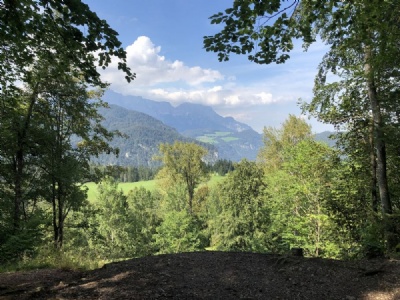
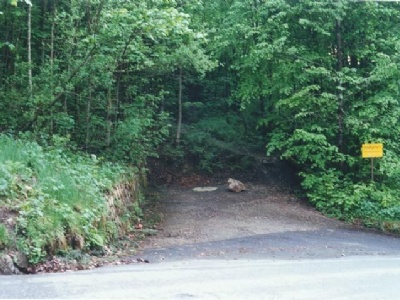


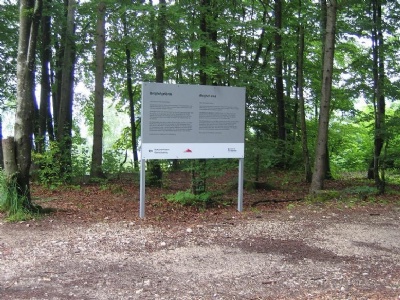
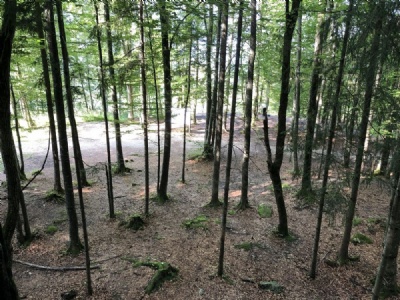
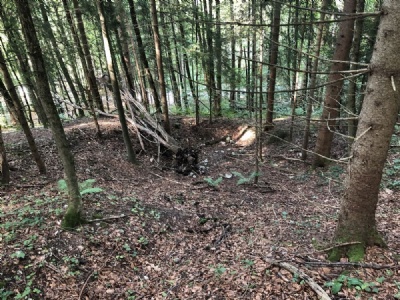
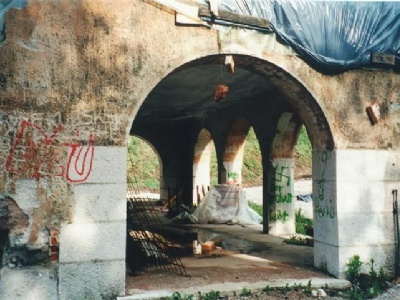

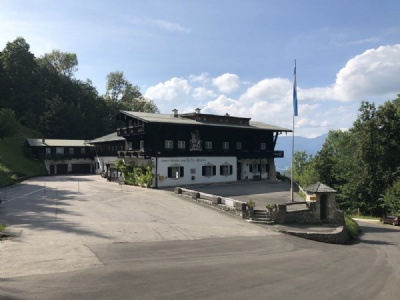

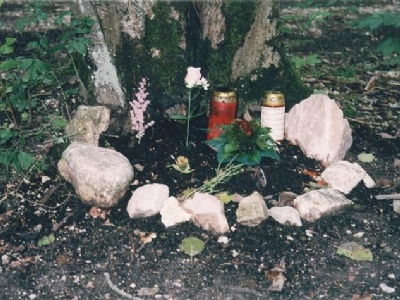
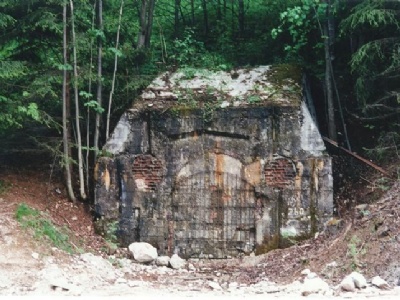
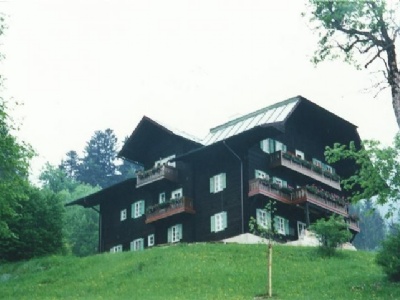
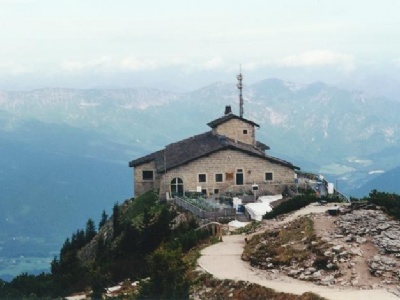
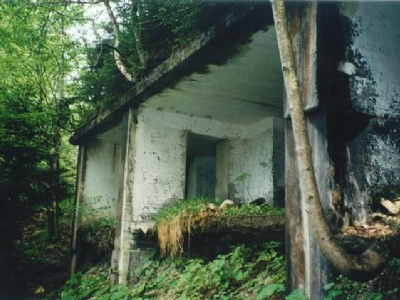
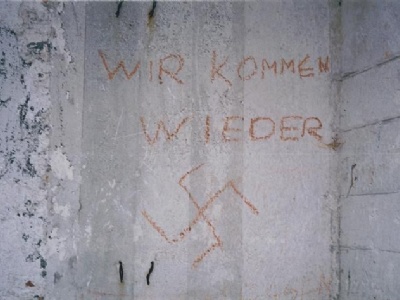
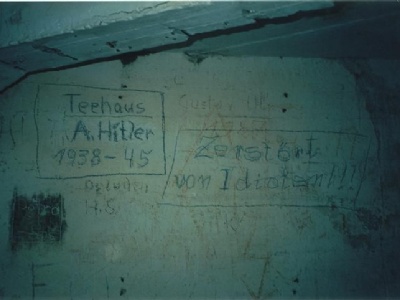

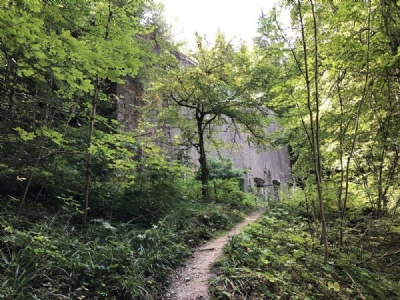
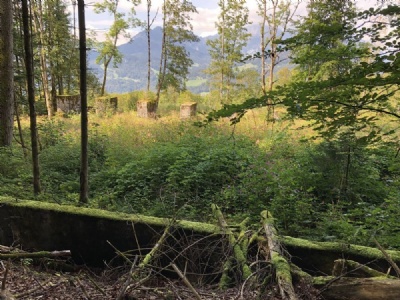
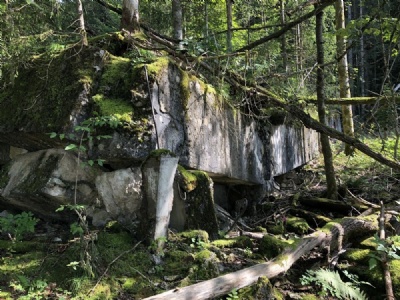
When I first visited Berghof and Obersalzberg in May 1997, there were still many ruins left and I remember that it was a great feeling to walk around the area in the drizzle and loneliness. I created my own images from books I’ve read about the place and seen in Eva Braun’s private films and it almost felt like I became one with the story. Unfortunately, this is no longer possible because a majority of the ruins and buildings since the beginning of the 2000s are gone and replaced by new ones. I am therefore very happy that I had the opportunity to visit ”the Berg” while it was still rather untouched.
Although most of it is gone, the site still attracts visitors from all over the world. There is a mystery about sites with a strong connection to Hitler and Obersalzberg is perhaps the strongest of them all. Obersalzberg will always be associated with Hitler and this makes people go there. Not out of ideological or sympathetic nature, rather more of a curiosity to place yourself in the same place as one of history’s most famous and notorius person. And it also comes with a magnificent scenery.